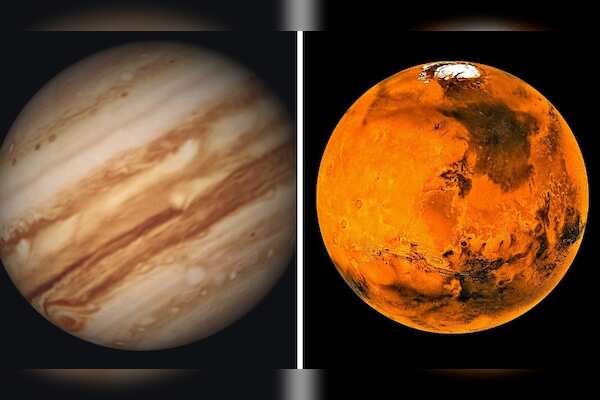Recently, ISRO successfully conducted a satellite mission that resulted in minimal debris in orbit by intentionally lowering a spent rocket stage to burn up in Earth's atmosphere during re-entry. Chairman S Somnath announced that similar deorbiting techniques will be employed in future missions to achieve the goal of "debris-free" space missions by the end of the decade.
In a session organized by the Inter-Agency Space Debris Coordinating Committee (IADC), Somnath highlighted ISRO's expertise in managing debris-related issues. He emphasized the organization's commitment to ensuring that all future spacecraft will be safely deorbited.
India, as a member of the IADC, currently has 54 spacecraft in orbit, with 13 being deorbited for reentry last year alone.
In a recent operation, ISRO successfully deorbited the Earth-observation satellite Cartostat-2, launched in 2007, with predictions suggesting that all major components of the satellite vaporized during re-entry.While efforts are being made to minimize debris in space, uncertainties remain regarding the complete burn-up of satellites during re-entry. Recent incidents, such as debris from the International Space Station reaching the Earth's surface, highlight the challenges in predicting the fate of space objects.
Space debris poses a significant threat, with thousands of objects in low Earth orbit varying in size from softball-sized to smaller than a centimeter. The primary sources of space junk include spent rocket stages and defunct satellites left in Earth's orbit, leading to collisions and unintended explosions.
As space agencies and private companies work to address this issue, intentional deorbiting of satellites for atmospheric re-entry has become a crucial strategy to mitigate the risks associated with space debris.









 English (US)
English (US)